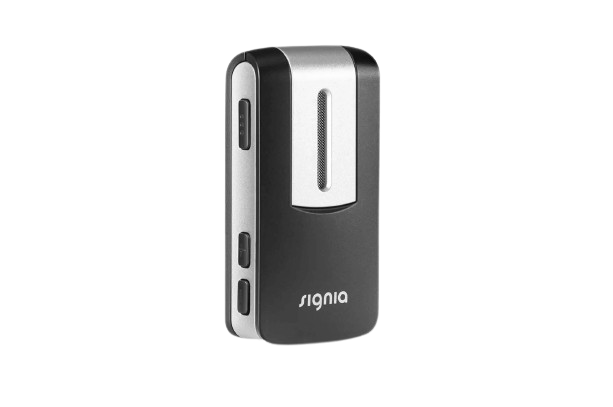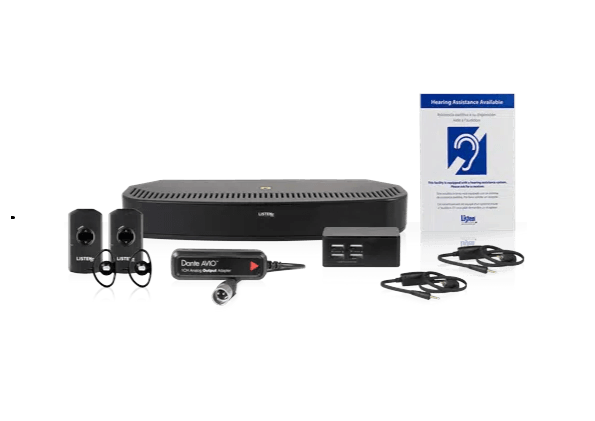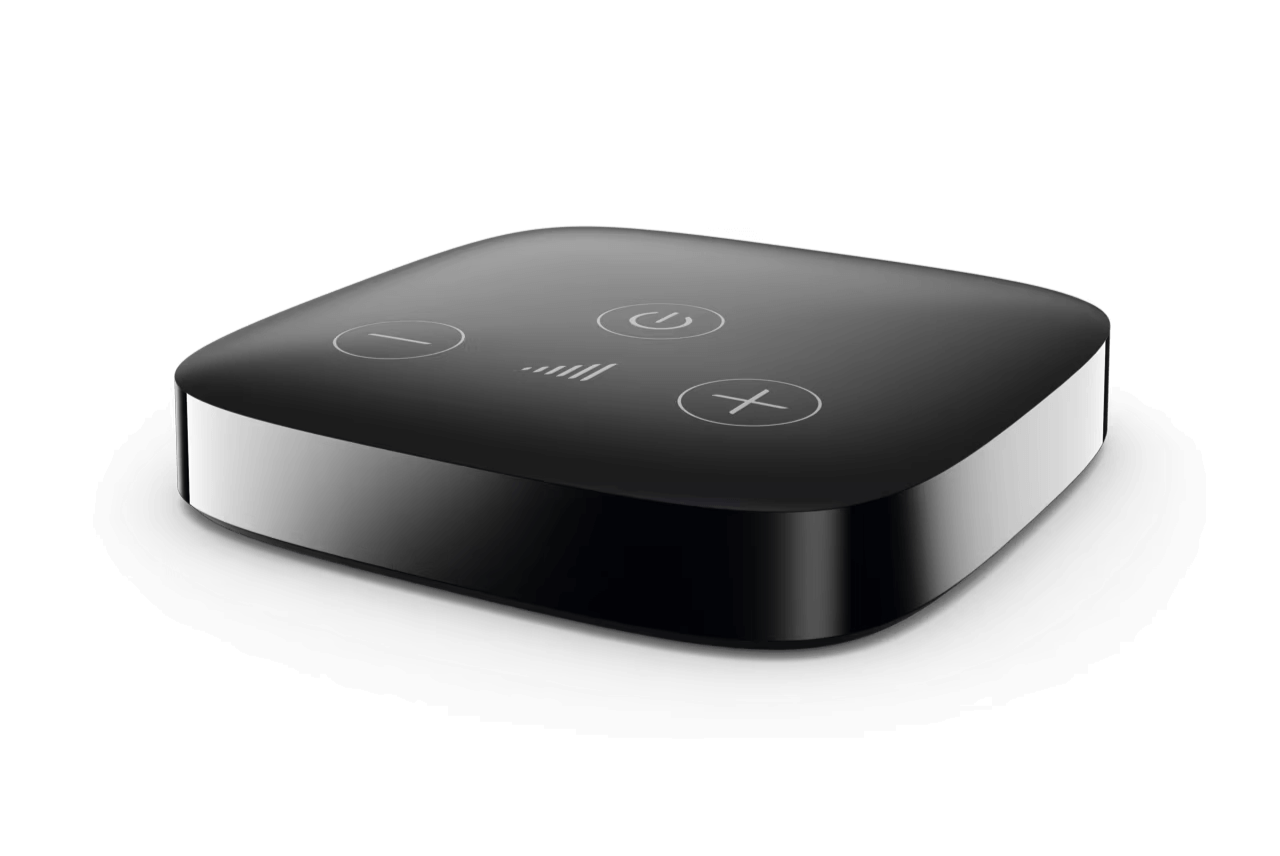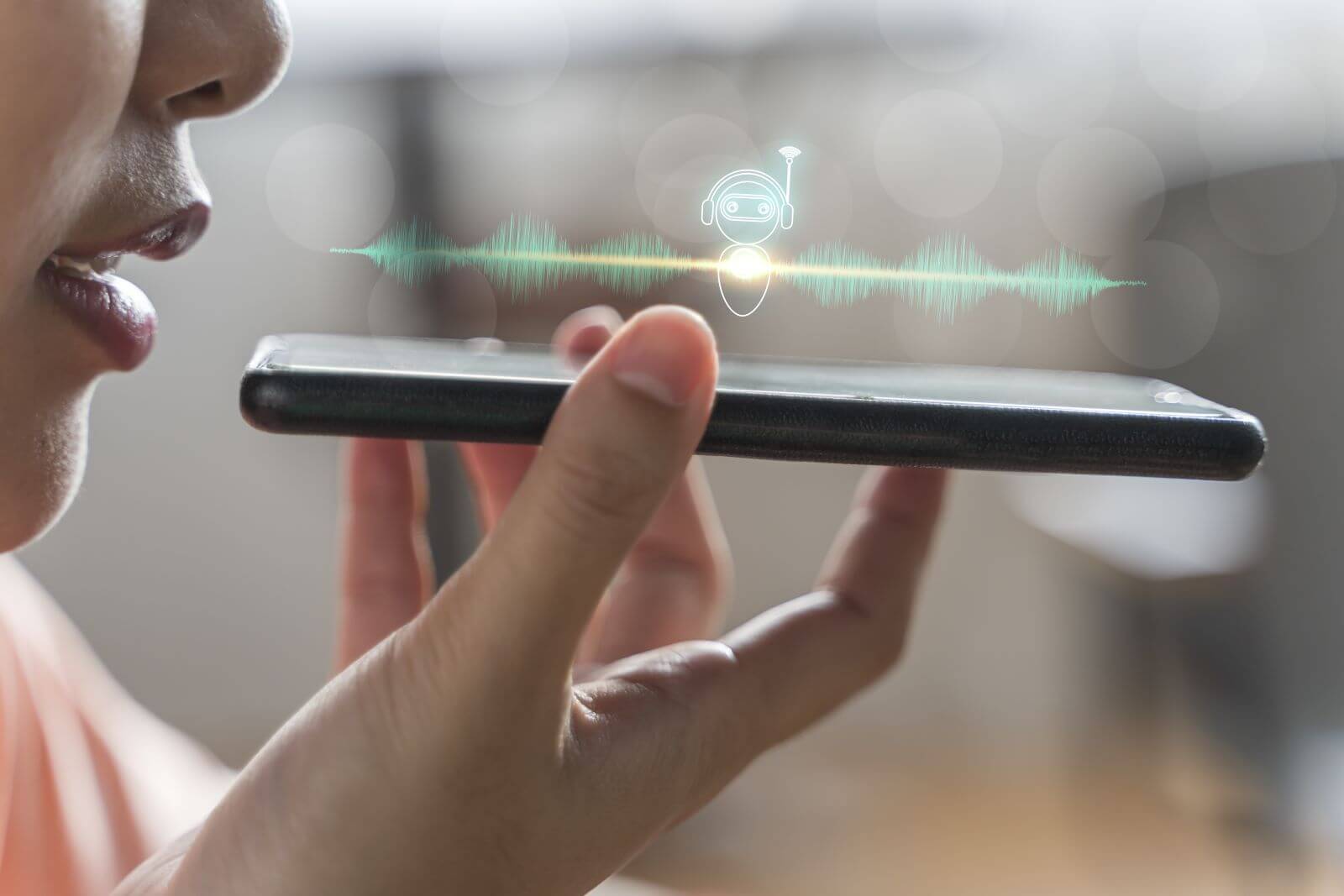Assistive Listening Devices


Enhancing Your Hearing with Assistive Listening Devices

What Are Assistive Listening Devices (ALDs)?
Assistive Listening Devices, often referred to as ALDs, are designed to help individuals with hearing loss by amplifying sounds or making them clearer. These devices come in various forms and serve a range of purposes, from improving hearing in one-on-one conversations to enhancing the auditory experience in theaters, classrooms, and other challenging listening environments.
The primary goal of ALDs is to reduce the effects of background noise, distance, and poor acoustics, which can make it difficult for people with hearing loss to hear and understand sounds effectively.
Types of Assistive Listening Devices

Personal Amplifiers
Personal amplifiers include a microphone and an amplifier. The microphone can pick up one-on-one conversations, and the amplifier and speaker will help you follow the conversation without any distracting background sounds.
FM Systems
FM systems are frequently used in educational settings. They consist of a microphone worn by the speaker and a receiver with earphones for the listener. This setup allows the listener to hear the speaker's voice directly, eliminating background noise and ensuring clarity.

Infrared Systems
Infrared systems are often used in theaters, auditoriums, and cinemas. They transmit audio signals to a receiver worn by the listener, which converts the signals into sound. Infrared systems provide excellent sound quality but require a direct line of sight between the transmitter and receiver.
Induction Loop Systems
Induction loop systems are typically installed in venues such as meeting rooms, churches, and ticket counters. They work by creating a magnetic field that can be picked up by telecoil-enabled hearing aids or cochlear implants. This technology helps eliminate background noise and delivers sound directly to the user's hearing device.

Sound Alert Devices
Sound alert devices are designed to alert individuals with hearing loss to important sounds such as doorbells, telephones, fire alarms, and alarms on household appliances. These devices use visual or tactile cues to signal various events.
TV Listening Systems
TV listening systems, also known as TV amplifiers, are designed to provide individuals with a personalized audio experience while watching television. They allow the listener to adjust the volume to a comfortable level without affecting others in the room.

The Benefits of Assistive Listening Devices
ALDs enhance the clarity and audibility of sounds, making it easier for individuals with hearing loss to understand speech, enjoy music, and participate in conversations. Many ALDs are designed to minimize background noise, which can be a significant challenge for people with hearing impairments. By isolating and amplifying the desired sound, these devices improve the signal-to-noise ratio. This facilitates better communication, both in one-on-one conversations and in group settings. ALDs often enable individuals to actively engage in social interactions without feeling isolated.
Using ALDs can significantly increase an individual's independence. It allows them to perform daily activities more confidently and without constantly relying on others for assistance. Many ALDs offer customizable features, allowing users to adjust settings such as volume, tone, and directionality to suit their specific hearing needs. Finally, ALDs are versatile and can be used in various settings, including classrooms, theaters, churches, and even at home, ensuring a better hearing experience across different environments.

How to Choose the Right Assistive Listening Device
Selecting the most suitable ALD depends on your hearing needs, preferences, and lifestyle. To make an informed choice, consider the following factors:
- Degree of Hearing Loss: The severity of your hearing loss will influence the type of ALD you require.
- Lifestyle and Activities: Think about your daily routines and the environments in which you encounter challenges.
- Technology and Compatibility: Ensure the chosen ALD is compatible with your existing hearing aids or other hearing devices.
- Budget: Consider your budget and explore options within that range.
- User-Friendliness: Look for devices that are easy to use and operate.
Not sure which assistive listening device is right for you?

Better Hearing Starting at Just $76/Month


